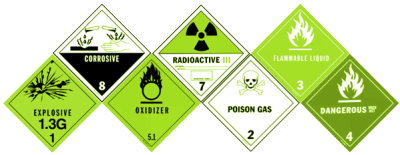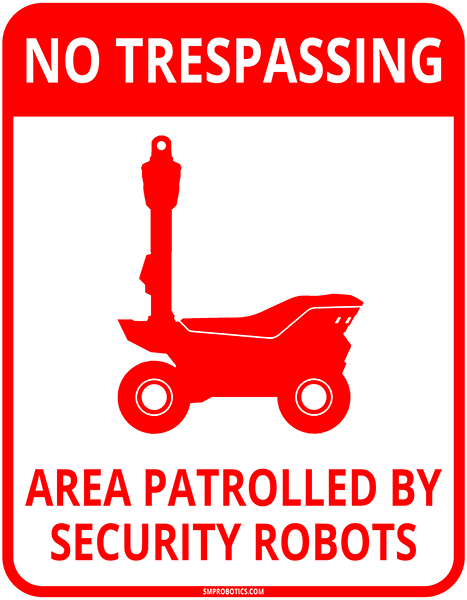
Robots for HazMat operations

Robots for HazMat Operations: The Security Infrastructure of the Future
When the world changes abruptly
Autonomous HazMat robots are essential in times of pandemics, industrial accidents, and CBRN (chemical, biological, radiological, nuclear) incidents, where human presence is unsafe. Organizations that decouple safety processes from human exposure stay operational and resilient.
S-Series robots as a backbone of resilience
S-Series outdoor HazMat robots are not just devices; they are a resilience backbone that sustains safety and monitoring when conventional systems fail—during lockdowns, evacuations, workforce shortages, or supply-chain disruptions.
- No human exposure. HazMat robots operate directly in hazardous CBRN environments, ensuring safety while people remain at a distance.
- Continuity and scale. 24/7 patrols and scalable fleets act as a “backup OS” for facilities.
- Unified awareness. Multi-sensor streams — video, gas, thermal, radiation—create trusted situational awareness.
- Neutral and trusted. Machine oversight provides unbiased evidence for crisis management and post-incident analysis.

Proven during the COVID pandemic
The COVID pandemic proved the critical value of robotic, contactless inspections: organizations with autonomous HazMat robots retained continuity while protecting personnel. Today, ESG principles demand resilient safety solutions that function even under catastrophic conditions.
Reliability and full autonomy
An S-Series HazMat robot is a self-sufficient safety system:
- Long-duration autonomous patrols with automatic docking and charging.
- Weeks of mission persistence without operator input.
- Fault-tolerant architecture: redundant communication, system health monitoring, self-diagnostics.
- Mission continuity: safe recovery from disruptions, reliable fallback behaviors, and prioritized event logging.
Prepared for long-tail risks
Future threats will be long-lasting and multi-layered. Robotic data collection, durable storage, and AI-powered analytics create a predictive memory for early anomaly detection—long before escalation.
Security as resilient infrastructure
HazMat robots transform safety from isolated procedures into resilient security infrastructure. By combining sensing, autonomy, and communications, they provide the foundation for reliable crisis response and a safe restart of operations after disruptions.
A choice for today that defines tomorrow
Investing in autonomous S-Series HazMat robots creates a fail-safe ESG-compliant security layer for global-scale emergencies — from pandemics to chemical or radiological incidents. This is not just a contingency plan; it is the new baseline of resilience.











